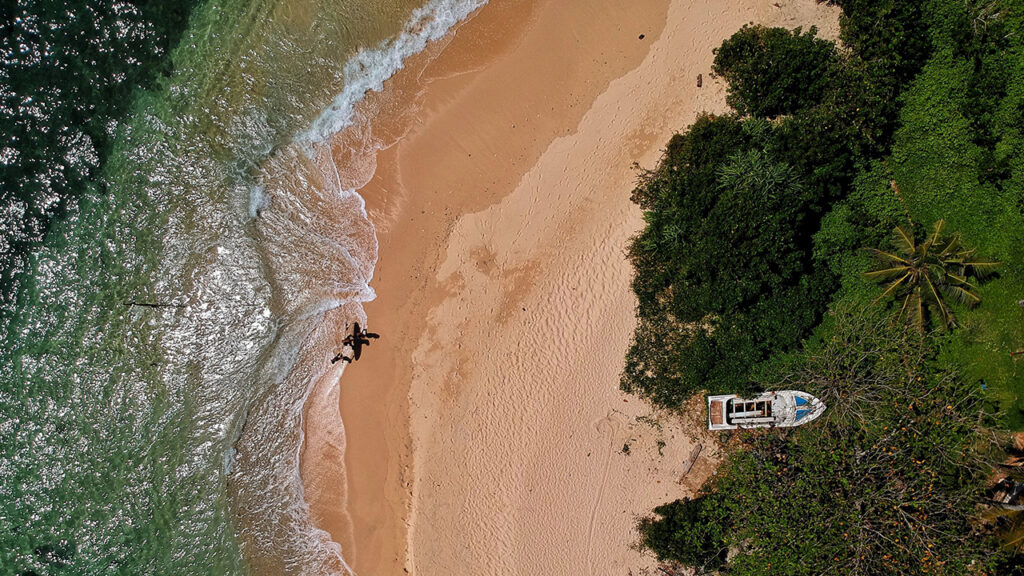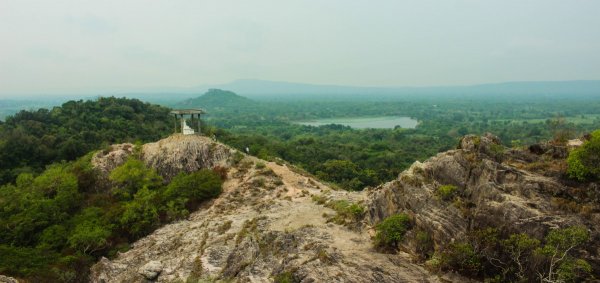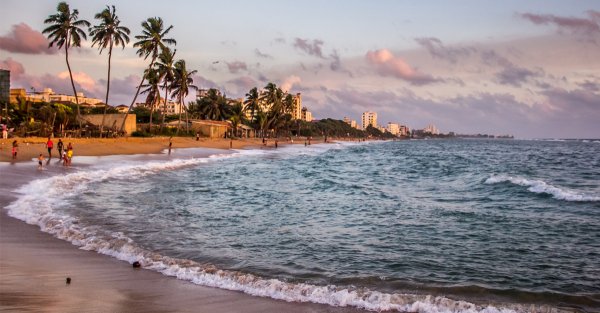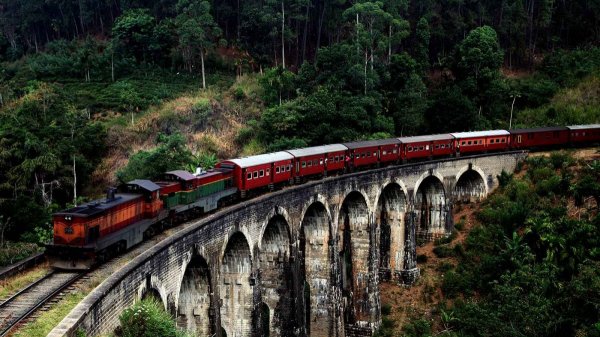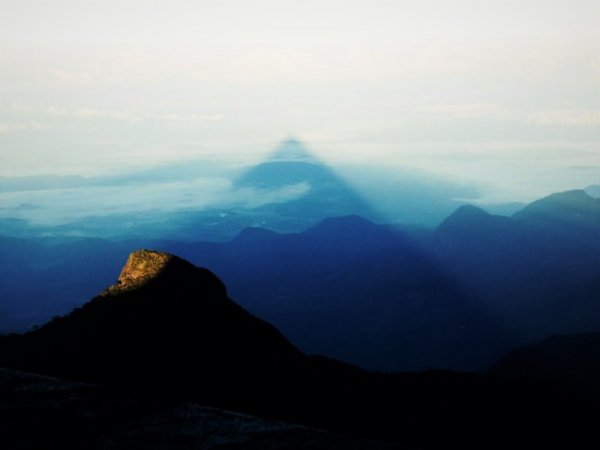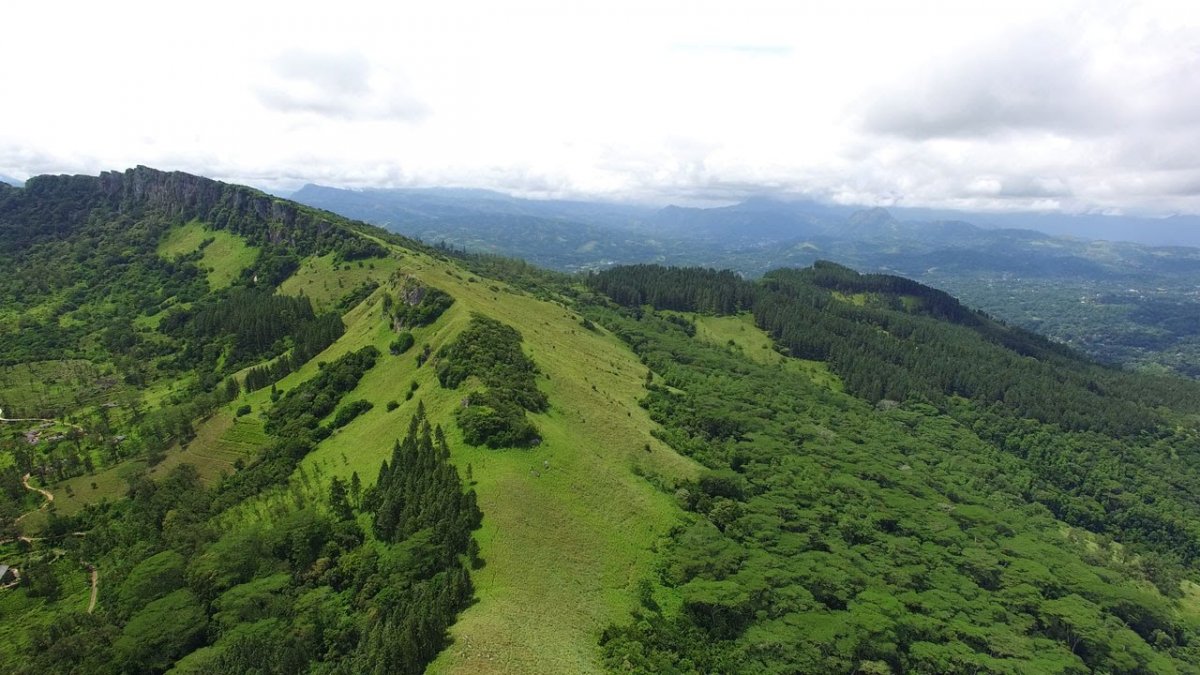
The Hanthana mountain range in Kandy is popular among those who like to go hiking, camping, bird watching and be close to nature in any way. Local songwriters, too, have lyricised the scenic beauty and tranquility of these mountains.
Located 1240 m above sea level, the Hanthana mountain range stretches all the way from the Kandy city to the town of Galaha, 20 km south. The freshwater springs on the western end of Hanthana feed the waters of the Mahaweli river, and the tributaries of the river separate the individual hills of the range.
In total, there are seven individual peaks, the highest being Ura kanda. The peaks offer spectacular views of Kandy city, the Knuckles range, the dolosbage range of Aranayake, and the hills of the Sabaragamuwa region, too, can be spotted from the heights of these hills.
Trekking up the slopes of Hanthana

The University of Peradeniya lies at the foot of these hills. Image courtesy Youtube/Ees nature channel.
Aside from beautiful scenery and a breathtaking panorama from its peaks, Hanthana is a favourite travel spot for many people because it is easy to explore. It is possible to reach the foot of the mountain range via the Peradeniya-Galaha road or the Kandy-Udawela road.
The mountain range, which is most often hidden by mist, is favoured by local university students who know it better by the name adara kanda (mountain of love). Every year, university students from around the country make it a point to visit this mountain range.
The Peradeniya University itself is nestled on the lower slopes of the Hanthana mountain range, on a 1,080 acre stretch of land.
One of the best places to visit while trekking through the hills of Hanthana is the Hanthana viharaya, which dates back to the days of the Kandyan Kingdom. Located 10 km away from Kandy City, it is the temple situated on the highest elevation in Kandy.
A 500 acre plantation of pine trees belonging to the Department of Wildlife Conservation, and several forest areas close to the Ura Kanda peak, are some of the other sights which can be seen on a trip to these hills.
Hantana: A Nature lover’s paradise

During the days of the Kandyan Kingdom, Hanthana was declared a protected forest. Image courtesy asianmirror.lk
According to Article No. 47 of the 1980 National Environmental Act, Hanthana has been named a protected nature reserve. Fishing cats, civets, wild boars, hares, monkeys, leopards, foxes, and hedgehogs are a few of the animals which have made the hills of Hantana their home. Around 120 different species of birds, too, have been found on these hills.
John Davy, a British writer who lived in Ceylon in the 19th century, mentions in An Account of the Interior of Ceylon, and of Its Inhabitants: With Travels in that Island that Hanthana was a protected forest during the era of the Kandyan Kingdom, too.
The people of Kandy were given permission to enter the area only to collect firewood and cane, which allowed for a large number of animals to live and roam freely throughout the forest.
Protected by law, but not by people

Forest fires happen on the Hanthana mountain range during the dry season, usually caused on purpose by poachers. Image courtesy Kusumsiri Wijayawardena
Unfortunately, with the fall of the Kingdom in 1815, the forests and nature reserves around the kingdom were slowly destroyed.
At first, the forests of Hanthana were cleared to make room for coffee and tea plantations, and later on to construct buildings and army barracks. The tea estates of the British, which replaced certain areas of the Hanthana forest reserve, can still be seen even today.
On the other hand, areas of the hills which were cleared for coffee and tea plantations—only to become barren wasteland—can also be seen.
Even today, due to illegal human activities—such as the purposeful setting of forest fires to hunt hare and wild boar—the forests of Hanthana are gradually deteriorating. The increased setting up of hotels and rest houses, giving rise to pollution, has also made an adverse impact on the natural environment of the hills.
Safety first
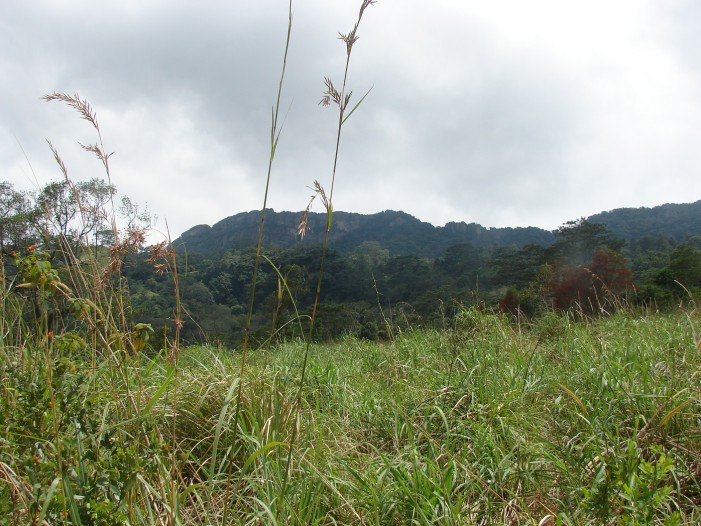
During the British Colonial era, the mountain range was referred to as ‘Mutton button’, and in Sinhala it was called Matthana Pathana. Image courtesy Kusumsiri Wijayawardena
Because of its popularity with young people, the Vice Chancellor’s office at the University of Peradeniya has taken measures to offer instructions to groups of students who wish to visit the range.
In fact, visitors are advised to make their visit during a particular time frame, beginning their hike before 9.00 a.m. and descending the hills by 3.00 p.m., the reason being that darkness can fall quickly and without much warning, and several incidents of university students losing their way in the dark while heading back down have been reported in the recent past.
Nevertheless, by paying careful attention to the instructions and climbing up and back down within the given time frame, one is guaranteed to enjoy the peace, quiet, and beauty that the hills of Hanthana have to offer.
The next time you visit Kandy, why not take a day to trek up the hills to see the fascinating flora and fauna that have made the Hanthana range their home and of course, and of course, don’t forget to enjoy the picturesque view.
Research by Kusumsiri Wijayawardena

